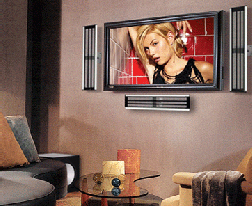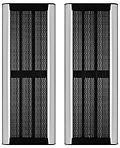Microphone manufacturer Shure Incorporated today announced the purchase of its long-time United Kingdom distribution center, HW International, from Wilton Investments.
The new Shure subsidiary will keep all current employees, as well as the distribution of its other existing product lines, Phonic, QSC, and PreSonus. Dennis Harburn will continue as Managing Director at HW, and will report directly to Shure Europe GmbH management.
“The purchase of HW International provides an opportunity for Shure to have more direct contact with our end users in the UK, one of Europe’s largest markets,” said Mike McGinn, Shure’s Executive Vice President of Global Marketing and Sales. “This will make Shure even more competitive in the UK.”
Markus Winkler, Managing Director of Shure Europe added, “From the standpoint of our UK customers, the change in ownership of HW will be transparent, as we will continue to utilize the excellent staff that HW has assembled, and continue to carry the same product lines.”



